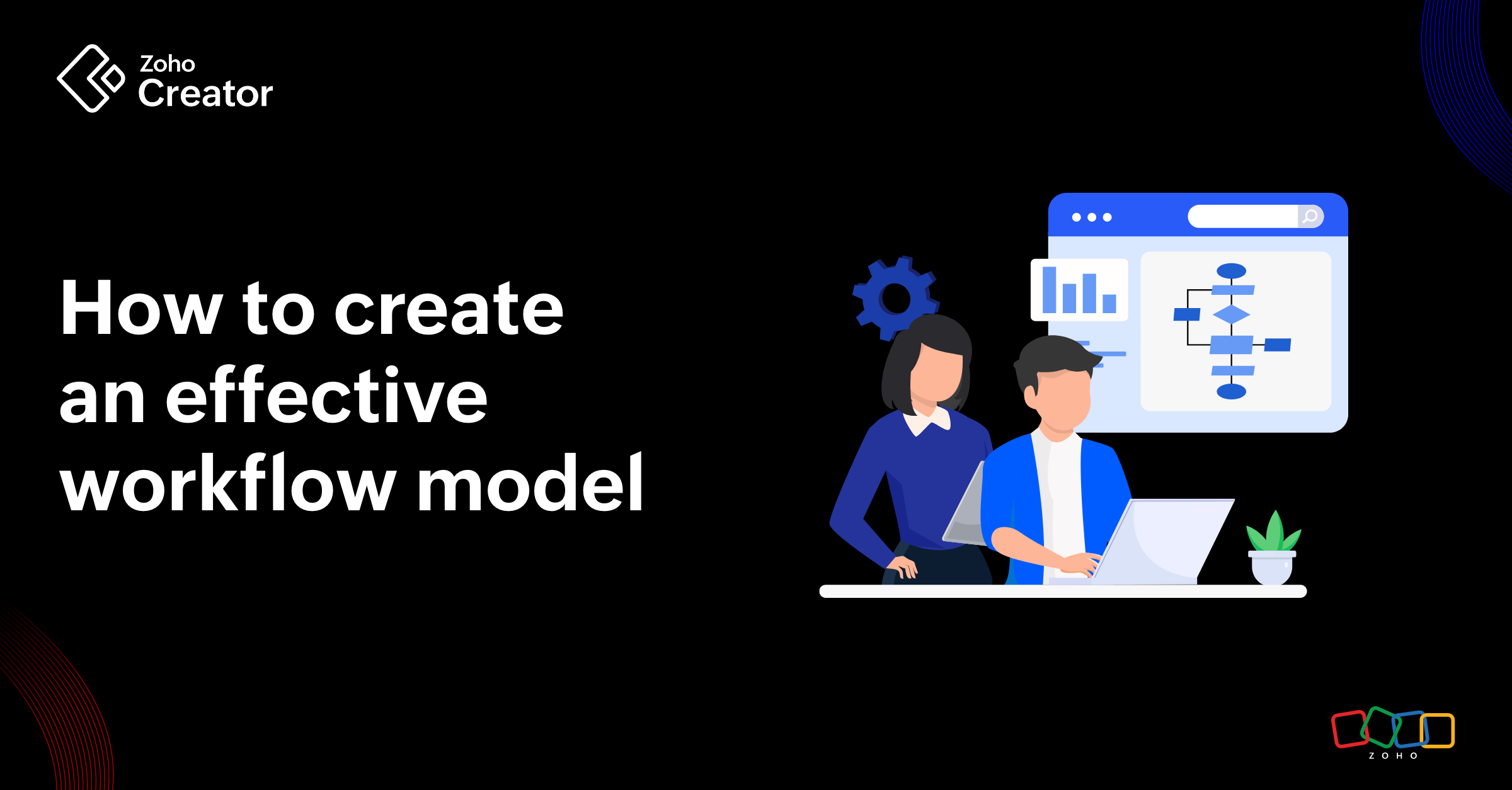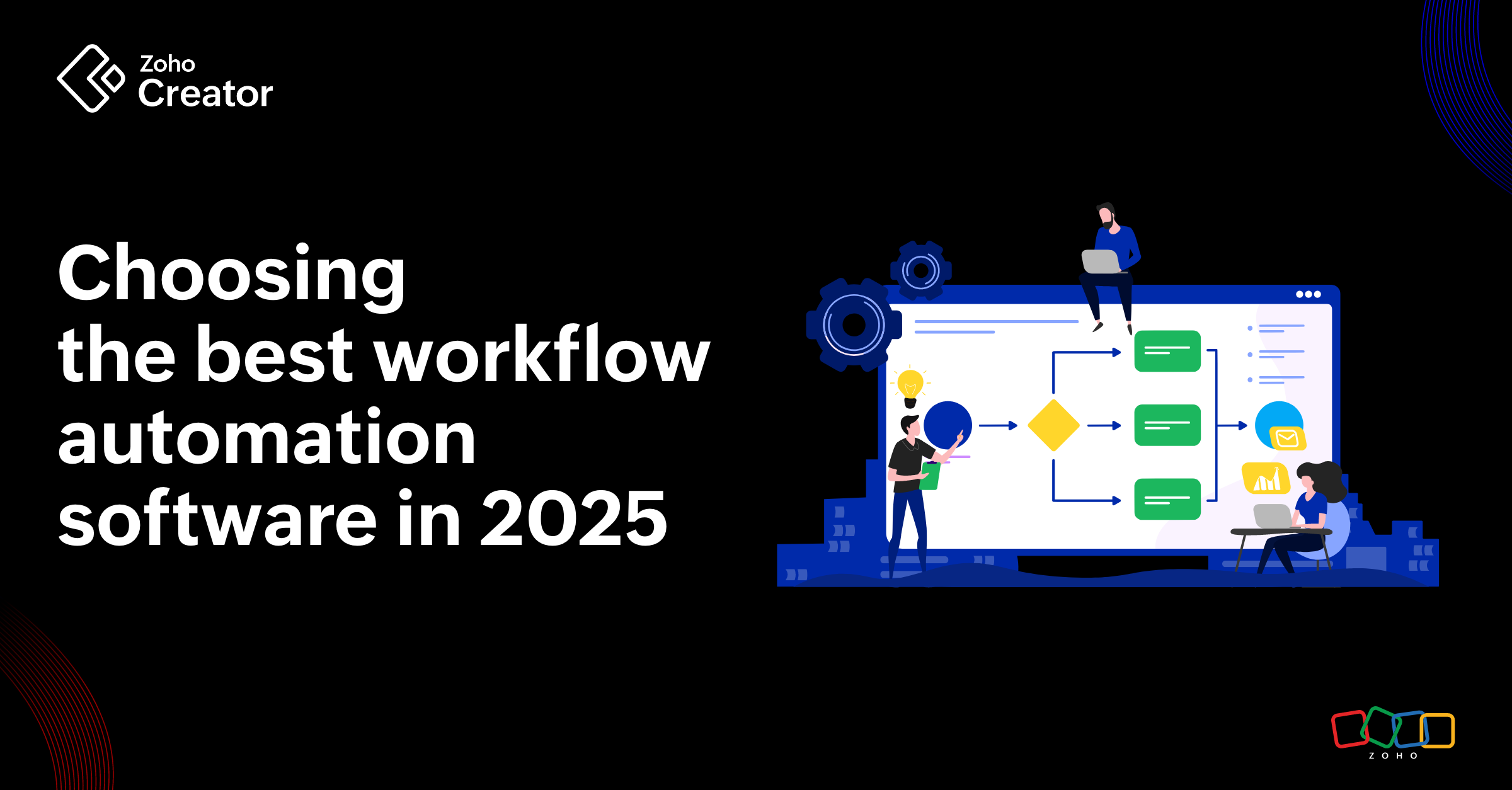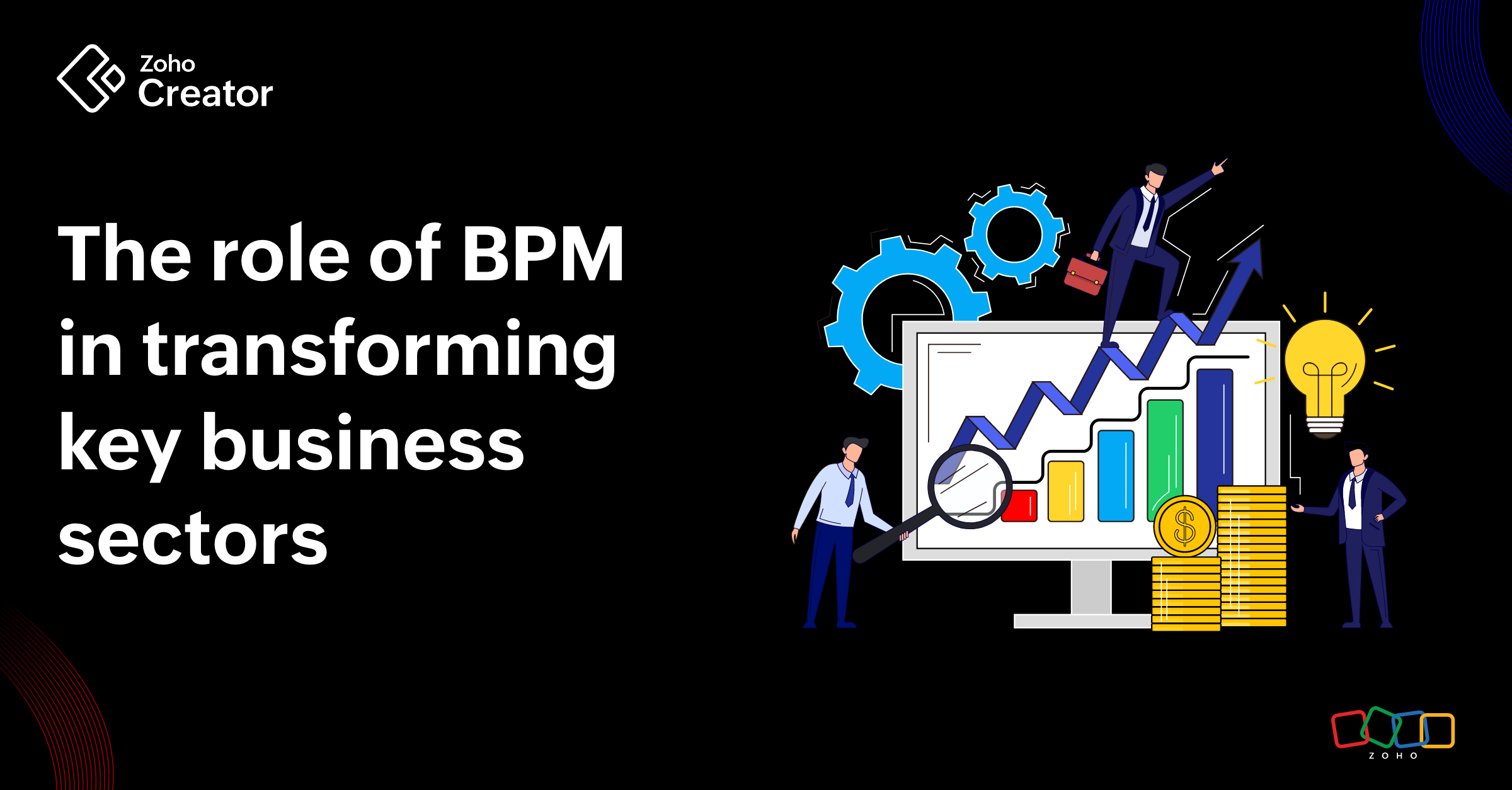- HOME
- Know Your Tech
- Traditional vs Agile BPM methodologies: Which suits your business best?
Traditional vs Agile BPM methodologies: Which suits your business best?
- Last Updated : September 11, 2024
- 364 Views
- 8 Min Read
As a business professional, you're likely familiar with the concept of business process management (BPM) and its diverse methodologies. These approaches help you not only manage but also improve your processes, making business process management and business process improvement closely related terms.
Whether you're a seasoned expert or just starting your BPM journey, discerning the nuances between different methodologies will empower you to design and implement a BPM system that aligns perfectly with your strategic goals and delivers tangible results.
In this article, we'll discuss each business process improvement methodology in detail and compare which may best suit your business. So let’s start with the basics: what exactly is a business process improvement methodology, and why does it matter?
What is a business process management methodology?
A business process management methodology, in brief, is a structured approach to regulating and managing a firm's business processes in an orderly manner to improve process efficiency and reduce company expenses.
Setting up a clear and structured approach is actually the key factor before starting any business process. Traditionally, there are some tried-and-true methods that businesses typically use before regulating any processes. First, let's look into those traditional methods that companies use while creating business process improvements and see if they still hold up or if it’s time for a change.
Traditional business process management methodology
The conventional business process improvement method follows 6 straightforward steps on how to build your business processes:
Analyzing
Before stepping into the building process, business owners must be aware of their current processes. The first step is all about taking a close look at what’s currently happening in your existing processes. You look at your workflows, spot any inefficiencies, and collect data to help you figure out improving business processes.
Designing
Once you’ve got a good grasp on your current processes, the next step is to design a better way to do things. This is where you create a plan or blueprint for the new, improved process. The goal? To make it more efficient, cost-effective, and in line with your business objectives.
Modeling
After designing comes modeling. Think of this step as a trial run—it’s where you simulate the new process to see how it will work in real life.
Executing
Now comes the action—executing the process. This means rolling out the new process across your organization. It’s important to make sure that everyone involved is on the same page and that the process is followed consistently.
Monitoring
After the process is up and running, you need to keep an eye on it. This involves tracking key performance indicators (KPIs) to see how well the process is working and to spot any areas that might need tweaking.
Optimizing
Finally, based on what you’ve observed during monitoring, you make adjustments to optimize the process. This could mean fine-tuning certain steps to eliminate inefficiencies and implementing process improvements, making the flow even better.
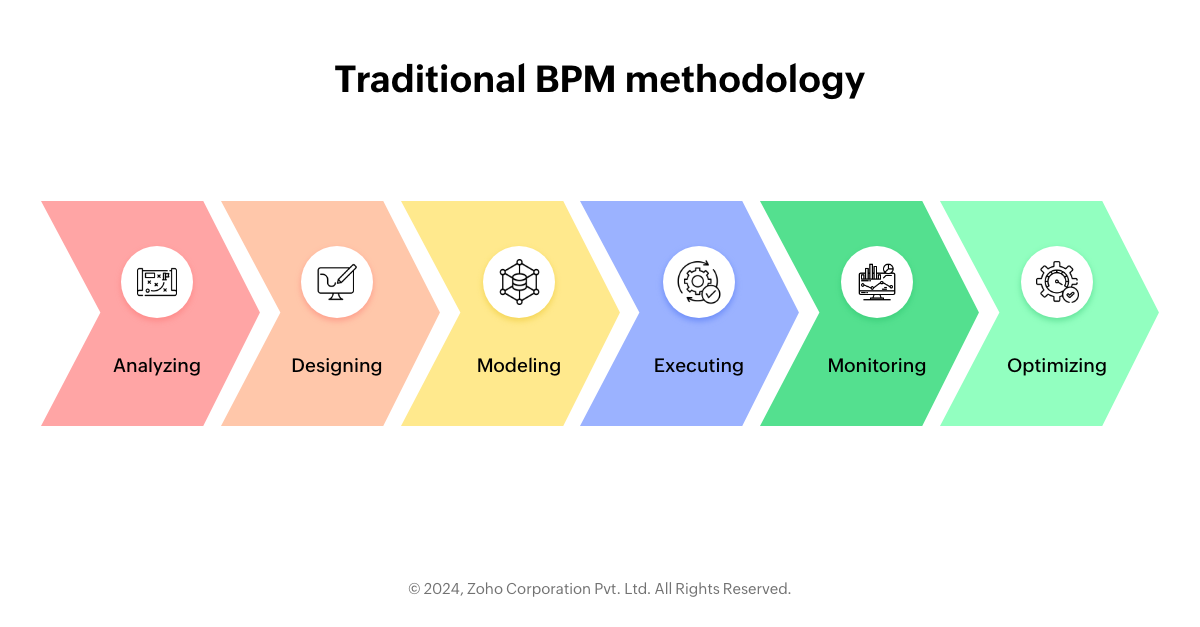
Agile methodology
As the name suggests, Agile isn’t about following a strict, linear path like traditional methods. Instead, it breaks down the process into smaller, manageable tasks. These tasks are completed in short cycles. It’s also a team-oriented approach that encourages collaboration and relies heavily on feedback to guide the process after each sprint.
But what makes Agile really stand out is its ability to handle change.
Here’s a breakdown of how Agile works, explained with real-life examples:
Planning
In Agile, planning is deciding what you want to achieve in a short period called a sprint. On average, sprints take one to four weeks to complete. Teams usually get together to discover what needs to be done and break it down into smaller tasks. These tasks are then prioritized based on priority.
Let's say you're working on a mobile app, and the team decides that this sprint will focus on creating the user login feature. Then, your tasks might include designing the login screen, writing the code, and testing it to make sure it works for the end user.
Read more about developing mobile applications faster!
Execution
Once the sprint starts, the team begins working on the task. Here, Agile is mainly about teamwork, so everyone collaborates closely, sharing progress and ideas. If something isn’t going as planned, they can make quick changes without waiting for the entire process to finish.
For example, while working on the login feature, the team realizes that the design wasn’t as user-friendly as it could be. Instead of sticking to the original plan, they adjust the design during the sprint to make it more intuitive for users.
Review
At the end of the sprint, the team reviews what they’ve done. This is a chance to gather feedback from everyone involved, including stakeholders and, if possible, actual users. The goal is to see what works well and what needs improvement.
For example, after finishing the login feature, that the team shows it to the product owner and a few users. They find out that users are having trouble resetting their passwords. This feedback is then used for making improvements in the next sprint.
Iteration
Based on the feedback, the team plans the next sprint with process improvement methods. They refine what they've done, fix any issues, and may even add new features. This cycle of planning, working, reviewing, and improving continues until the project is just right.
For example, in the next sprint, the team focuses on making the password reset process easier based on the feedback they received. They simplify the steps and add more precise instructions, making it more user-friendly.
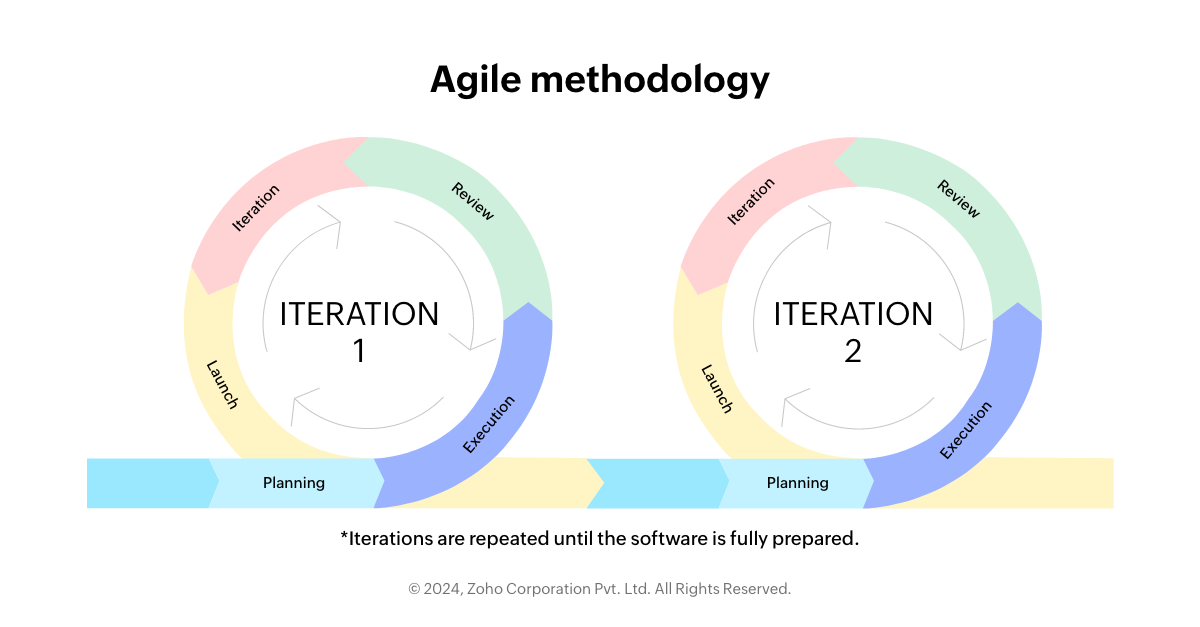 Traditional vs. Agile methodology
Traditional vs. Agile methodology
Concerns | Traditional methodology | Agile methodology |
People & culture | Reject changes and restrictive | Open for changes |
Contract model & pricing | Fixed cost | Time & material |
Subject | BPR (business process reengineering) system replacement | CIP (continuous improvement process) launch |
Distribution | Widely distributed | On-site |
Methodological skills | Neither Agile nor iBPM (intelligent BPM) | Agile or iBPM |
Customer relations | New or bureaucratic | Established or trustful |
Size & complexity | Lots of dependencies | Few dependencies |
Team | Unsteady | Mostly steady |
Utilization rate | Many parallel projects | Focus on one project |
Well-known business process management methodologies
When it comes to improving business processes, there’s no one-size-fits-all approach. There are several common process improvement methodologies that organizations can choose from, each offering unique advantages depending on your needs. Let’s break down some of the most well-known ones:
DMEMO
DMEMO stands for design, model, execute, monitor, and optimize. This methodology mainly focuses on continuous improvements and often encourages refining business processes to boost efficiency and meet goals. Picture it as a never-ending cycle where you can always look for changes to be made.
DMAIC
Associated with Six Sigma, DMAIC stands for define, measure, analyze, improve, and control. This methodology is a data-driven approach that aims to improve your methods by reducing variations and eliminating defects. This approach is actually great for tackling specific problems and making sure that your business processes are as consistent and error-free as possible.
Lean
The lean methodology always focuses on maximizing value by cutting out waste. Lean is all about streamlining your operations to be more efficient, with a strong emphasis on meeting customer satisfaction. If there are steps available in your business processes without any value, this approach encourages you to remove them.
5S
The 5S methodology is a workplace organization technique that revolves around the 5 principles: seiri, seiton, seiso, seiketsu, and shitsuke—Japanese terms that might sound unfamiliar but can be translated to sort, set in order, shine, standardize, and sustain. Originally used in manufacturing, it’s about creating an organized, clean, and efficient workspace, which can help improve productivity and reduce waste.
Kaizen
Kaizen is a Japanese term meaning "continuous improvement." This methodology focuses on making small, incremental changes to processes, gradually improving efficiency, quality, and performance. It's always about taking consistent small steps that add up to considerable improvements over time.
Jidoka
Jidoka is another principle from lean methodology, often referred to as “automation with a human touch.” The idea here is to stop the production process as soon as a defect is detected, allowing you to fix the issue before it results in a batch of defective products. It’s a proactive approach to maintaining quality.
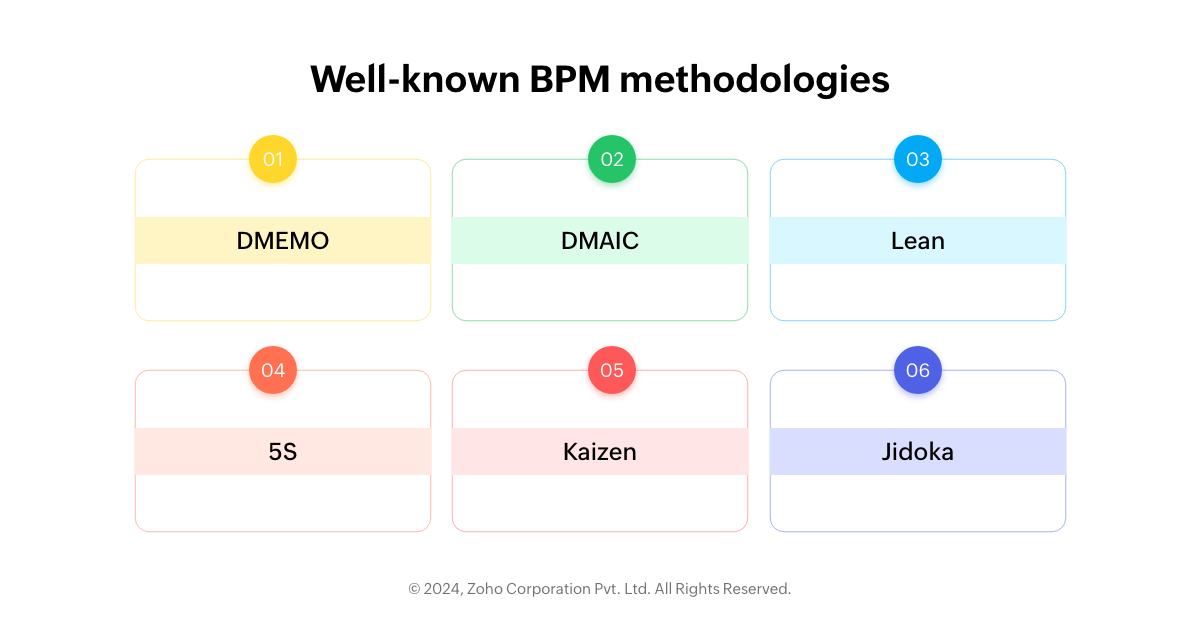
Which BPM methodology suits you best: Traditional or Agile?
Picking the most suitable BPM methodology for your organization involves understanding how each approach aligns with your business needs, environment, and goals. Referring to the table above, let’s break down the traditional and agile business process improvement methodologies and offer some guidance on which might work best for you.
When to choose traditional BPM
Your processes are stable and don’t require frequent adjustments
You need extensive documentation and a transparent, linear approach
You have well-defined goals and a predictable environment
When Agile might be a better fit
Your business environment is fast-moving and requires frequent changes
You value collaboration and need to ensure that processes align closely with customer needs
You want to incorporate continuous feedback to refine processes and achieve better results
Making the choice
So which methodology suited you the best?
Ultimately, the choice depends on your specific business context and goals. Traditional business process improvement methodology can provide a structured approach, while Agile BPM will help you stay quick and responsive. Zoho Creator—a low-code platform designed to help you quickly build applications and customize workflows—can support both. Whether you need to stay agile or maintain a structured process, Zoho Creator's flexibility allows for continuous improvement as your organization evolves.
Why Zoho Creator is a great fit for both traditional and Agile BPM
Whether you lean towards a traditional or Agile BPM approach, Zoho Creator could be just what you need. Here’s why:
Zoho Creator is a low-code platform, which means you don’t need to be a tech wizard to use it. You can build and manage your processes easily, even if you don’t have extensive coding experience.
If your business follows a traditional BPM approach, Zoho Creator has you covered. It lets you create detailed, step-by-step workflows with clear stages and checkpoints. This way, the platform helps you keep everything organized and on track.
Need to make quick changes? Zoho Creator lets you build, test, and tweak your processes on the fly. This is perfect for Agile, which thrives on rapid adjustments and continuous improvement. The platform is designed to adapt to changes easily. Whether you’re responding to new customer feedback or shifting business goals, Zoho Creator helps you keep your processes aligned and effective.
By carefully considering your business environment and goals, you can select the BPM methodology that will best drive your organization toward success. Utilize Zoho Creator's full potential in your business to drive innovation, growth, and success. Get started today!
 Bharathi Monika Venkatesan
Bharathi Monika VenkatesanBharathi Monika Venkatesan is a content writer at Zoho Creator. Outside of work, she enjoys exploring history, reading short novels, and cherishing moments of personal introspection.








